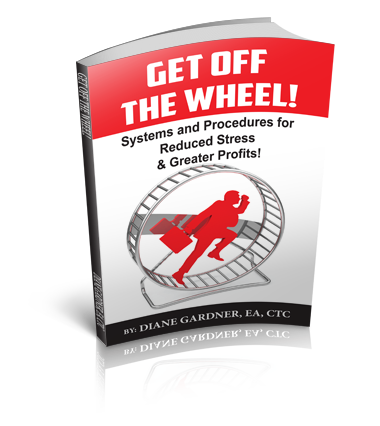Smart executives who look forward to a long and happy life for their companies know two things about customer service:
- 100% of your customers won’t be 100% happy with you all the time.
- Interactions with stressed customers are critical to the strength of a business.

A company’s reputation for poor customer service spreads quickly, especially in a time when social media has such a powerful effect on shaping public opinion. Even before the days of social media, the rule of 10 applied. A bad night’s sleep and a cranky morning that results in a negative interaction with a customer spreads to the next 10 people with whom that customer interacts. It probably won’t take long for each of those 10 to share that negativity with 10 others. Before you know it, there are 100 people out there who may not remember specifics but who have a negative impression of your company.
But “Out of This World” customer service will inevitably include dealing with some stressed clients. So what should you do when a client’s complaint about a product or service threatens to result in a complete meltdown? Here are six things to remember when you talk with a stressed client…or when you select and train others to do it:
- Do. Not. Get. Reactive. That’s a dead-end. An angry client who causes you to react defensively without thought or strategy controls the dialogue, and the result isn’t good. On the other hand, accepting abuse won’t resolve the issue either, and there’s no need for you to do that. If the anger level is so high that you can’t exchange pertinent information, tell the client you hear how upset they are, would like to help and think you can once you fully understand the problem. Ask if it’s possible to talk quietly now, or would they like you to call back in a few minutes? If the latter, set a time together…and be certain to call back at that time. Calling back promptly according to your agreement establishes trust. If you don’t call…well, it’s pretty much certain that will make things worse.
- Listen. Actively. This is the critical stage of your interaction. You tell a client you value them when you listen, and being heard lowers stress levels for the client dramatically. Ask the client’s story. No matter what they’re saying, make only affirmative comments, like “yes” or “uh hunh,” to let them know you’re listening and understanding. Take notes on the relevant items. When the client completes their narrative, verify what you understood. This might require that you reorganize some of the information they provided. Ask any questions you have.
- Clarity. Honesty. Always good values! Be clear and honest about how you can help. If there are options, list them, and let the client choose their preference.
- Stick to the plan. Implement the chosen option immediately, or set a time frame and communicate it clearly to the client. Then make it happen.
- More alternatives. If the client is not willing to choose one of the options you offer, provide alternatives — which might include talking to a different person.
- Follow any interactions with a written summary that you share with the client, whether the issue is resolved or in process toward resolution. If, for any reason, resolution wasn’t possible, and it wasn’t possible to refer the issue, provide the client with a written summary for that as well.
Most importantly, listen, and listen some more. Listen actively, indicating affirmatively that you hear and understand, occasionally repeating what the client says to confirm your understanding. Remain courteous, clear, honest and reliable throughout your interaction — and follow-up with written notes.
Respect, good listening, clarity and working with a client to find a satisfactory resolution unruffles lots of ruffled feathers and gives your company a reputation for providing Out-Of-This-World customer service.
For more ideas about the best in customer service, contact us today!
Please go to our website or visit our Facebook page.
____________________________________
Get off the Wheel Systems and Procedures for Greater Profits & Reduced Stress
By: Diane Gardner

This Book is for you IF…
You are an accountant, bookkeeper, or tax preparer with employees and one of the following describes you:
